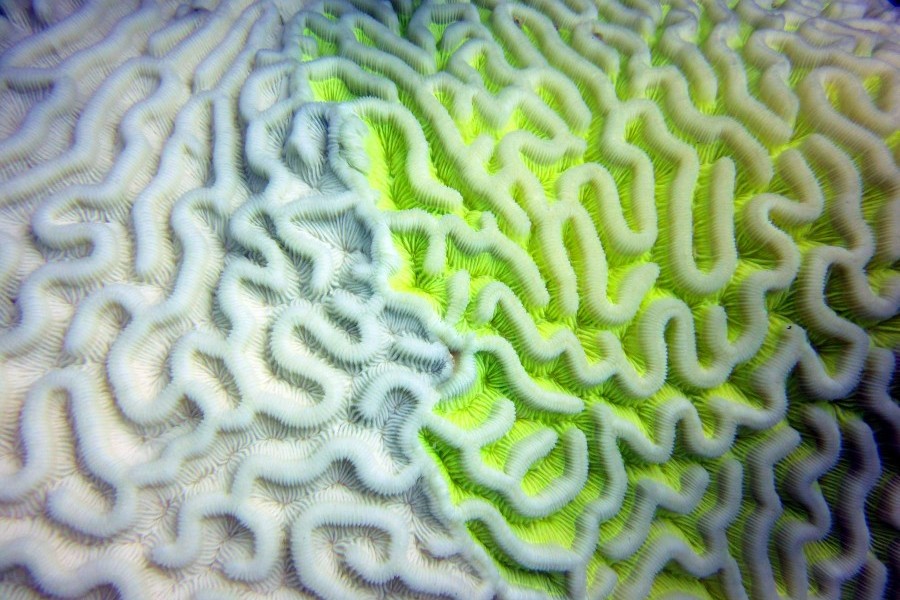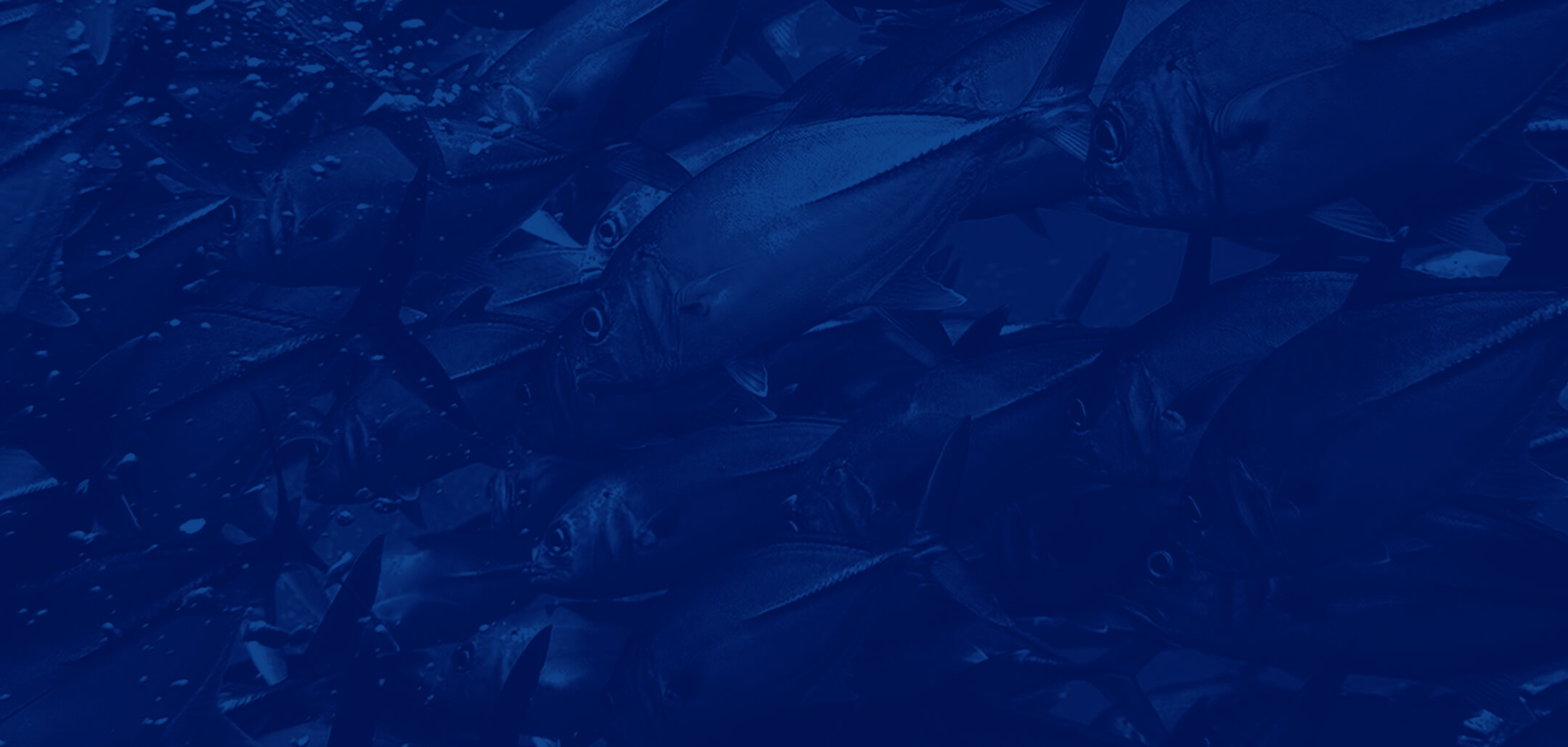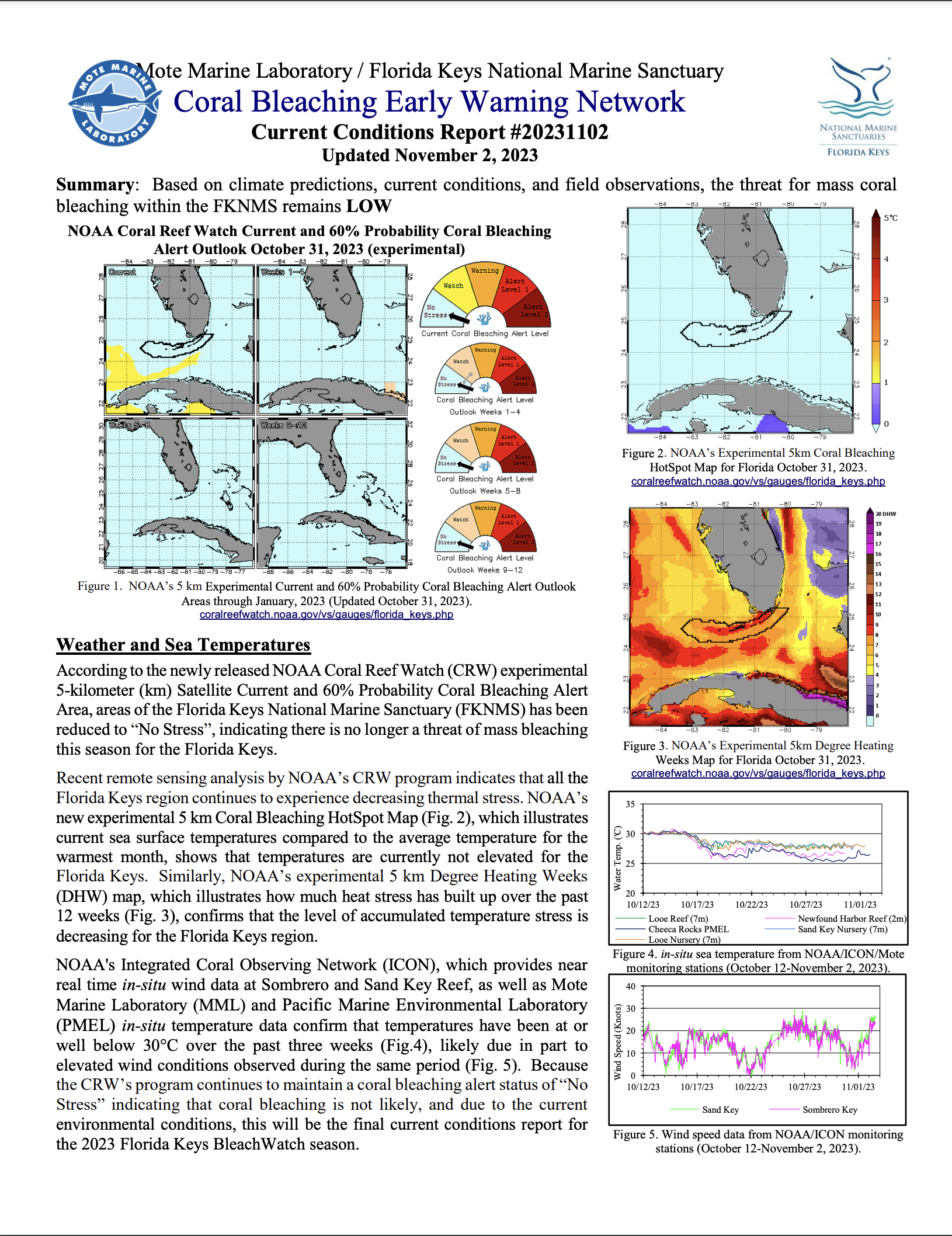The Florida Keys BleachWatch program is designed to train and coordinate volunteers who regularly report on the occurrence, or absence, of coral bleaching, as well as basic environmental conditions from various reef sites throughout the Florida Keys. This rapidly reported observational data is then synthesized with existing NOAA remote sensing and environmental monitoring data to provide the scientists and resource managers with a summary of actual “current conditions” on the reef throughout the summer months. This information will allow researchers to further develop the accuracy of available coral bleaching predictions and assist resource managers to better communicate the condition of the reefs as potential bleaching events occur, as well as integrating the information into existing management plans.
Participating Divers: Skip to Training & Reports Below
Coral Bleaching

Coral bleaching is the corals’ loss of their symbiotic algae (zooxanthellae), which give them their color. Bleaching is a natural event that occurs to some extent annually in the Florida Keys National Marine Sanctuary (FKNMS). Records show that coral bleaching has been occurring for many years in the Florida Keys and also indicate that the frequency and severity of these events has steadily increased since the 1980s. Large-scale mass coral bleaching events are driven by unusually warm sea temperatures and calm seas. The effects of these mass events are potentially devastating to ecosystems and the people who depend on them.
The initial onset of mass coral bleaching can vary among different species, geographic locations, types of reef zones and a fluctuation of severity, which makes it very difficult to predict where or when it will occur.
BleachWatch Mission
The Florida Keys BleachWatch Program, modeled after Great Barrier Reef’s BleachWatch, is a team of trained recreational, commercial and scientific divers who help monitor and report on conditions at the reefs. Divers are provided an underwater wristband to use as a reference and a reminder key below and above the water.
After each visit to the reef, the divers submit a report to the BleachWatch Coordinator.
Due to Florida reefs and portions of the Caribbean reefs experiencing an outbreak of stony coral tissue loss disease, BleachWatch observers are also encouraged to also collect data on disease and no disease at their sites. These observations will help researchers try to understand the range, progression, and species affected. Please visit The Florida Keys National Marine Sanctuary for more information.
Participating Divers
Thank you for helping us monitor and report conditions on Florida’s Coral Reef! Below are links to submit reports and access training and other resources. For questions, please contact us at: bleachwatch@mote.org
Send emails to: bleachwatch@mote.org.
Online Training
Other Resources
Current Conditions
Information from NOAA’s Coral Reef Watch (CRW) remote sensing and Integrated Coral Observing Network (ICON) in-situ environmental monitoring analysis are combined with “BleachWatch” volunteer observations in the field to provide a comprehensive overview of “current conditions” throughout the FKNMS. These reports will be generated according to the current conditions and the potential risk for coral bleaching and are listed below:
LATEST REPORT: NOVEMBER 2, 2023: LOW
Past Condition Reports
- 2023: June 1-LOW, June 30-MODERATE, July 14-HIGH, July 28-HIGH, August 11 EXTREMLY HIGH, August 25-EXTREMLY HIGH, September 13-HIGH, September 27- HIGH, October 12-LOW,
- 2022: June 1-LOW, July 1-LOW, July 15-MODERATE, July 28-MODERATE, August 15-LOW, September 1-HIGH, September 19-HIGH, September 30-HIGH, October 31, 2022-LOW, November 2
- 2021: June 1-LOW, July 1-LOW, August 2-MODERATE, August 18-MODERATE, September 3-LOW, September 23-LOW, October 21-LOW
- 2020: June 2-LOW, July 1-MODERATE, July 17-MODERATE, July 31-MODERATE, August 14-HIGH, August 28-HIGH, September 11-MODERATE, September 28-LOW, October 29-LOW
- 2019: June 3-LOW, July 1-MODERATE, July 17-MODERATE, August 2-MODERATE, August 17-HIGH, September 4-HIGH, September 20-LOW, October 21-LOW
- 2018: June 1-LOW, June 29-LOW, July 27-MODERATE, August 16-MODERATE September 10-LOW, October 8-LOW, November 1-LOW
- 2017: June 1-LOW, July 3-LOW, August 1-MODERATE, August 21-MODERATE, October 4-LOW, November 3-LOW
- 2016: June 1-LOW, July 1-LOW, July 15-MODERATE, August 1-LOW, August 30-LOW, September 22-LOW, October 25, 2016-LOW
- 2015: June 2-LOW, July 1-MODERATE, July 17-MODERATE, August 3-MODERATE, August 14-HIGH, August 28-HIGH, September 11-HIGH September 25-MODERATE, October 12-LOW, November 9-LOW
- 2014: May 30-LOW, June 30-LOW, August 1-MODERATE, August 14-MODERATE, August 28-HIGH, September 11-MODERATE, September 25-MODERATE, October 9-LOW, November 5-LOW,
- 2013: June 3-LOW, July 1-LOW, July 31-LOW, September 3-LOW, September 28-LOW, October 30-LOW
- 2012: June 1-LOW, July 2-LOW, August 2-MODERATE, August 17-MODERATE, September 6-MODERATE, September 27-LOW, October 25-LOW
- 2011: June 2-LOW, July 1-LOW, August 8-MODERATE, August 22-MODERATE, September 6-MODERATE, September 19-MODERATE, October 3-LOW, October 31-LOW
- 2010: June 1-LOW, July 1-MODERATE, July 23-LOW, August 6-MODERATE, August 20-MODERATE, September 3-MODERATE, September 17-MODERATE, October 1-LOW, November 1-LOW
- 2009: June 2-LOW, July 2-LOW, July 16-MODERATE, July 30-MODERATE, August 13-MODERATE, August 27-MODERATE, September 10-MODERATE, September 24-MODERATE, October 8-LOW, November 5-LOW
- 2008: June 2-LOW, June 30-LOW, August 1-LOW, August 15-MODERATE, September 1-MODERATE, September 26-LOW, October 30-LOW
- 2007: June 1-LOW, June 29-LOW, July 16-MODERATE, July 30-HIGH, August 13-HIGH, August 27-MODERATE, September 10-HIGH, October 1-LOW, October 30-LOW
- 2006: June 1-LOW, June 30-LOW, July 31-MODERATE, August 14-MODERATE, August 28-MODERATE, September 19-LOW, October 19-LOW
- 2005: June 1-LOW, June 28-LOW, July 26-MODERATE, August 9-HIGH, August 16-MODERATE, August 23-HIGH, August 30-MODERATE, September 13-MODERATE, September 27-LOW, October 18-LOW
For more information about BleachWatch or the current conditions reports, please contact the BleachWatch Coordinator at bleachwatch@mote.org. For coral bleaching reports in the Southeast Florida Region, please report to SEAFAN.





